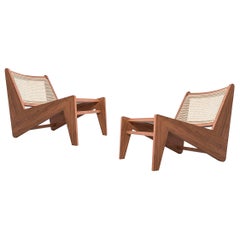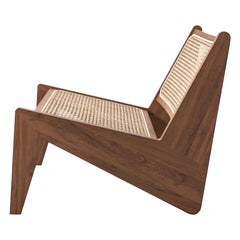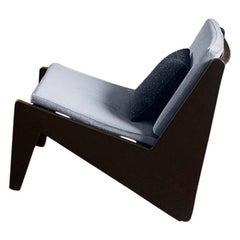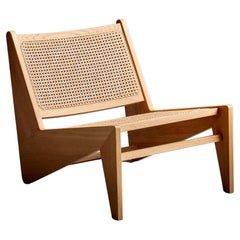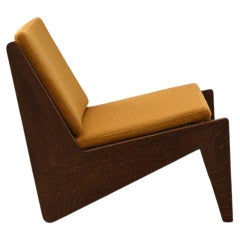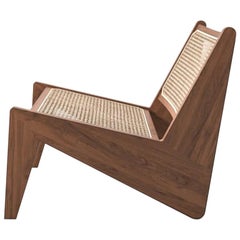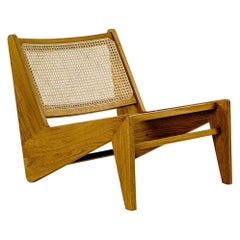Cassina Kangaroo
2010s Italian Mid-Century Modern Armchairs
Cane, Wood
2010s Italian Mid-Century Modern Armchairs
Cane, Wood
2010s Italian Mid-Century Modern Armchairs
Cane, Wood
2010s Italian Mid-Century Modern Armchairs
Cane, Wood
2010s Italian Mid-Century Modern Armchairs
Oak, Teak, Walnut
2010s French Modern Chairs
Oak, Cane
2010s Italian Mid-Century Modern Armchairs
Teak
2010s Italian Mid-Century Modern Armchairs
Cane, Wood
Recent Sales
2010s Italian Modern Chairs
Oak
People Also Browsed
Vintage 1960s French Mid-Century Modern Coffee and Cocktail Tables
Ceramic
2010s Italian Modern Stools
Wood
2010s Italian Greek Revival Benches
Leather, Walnut
21st Century and Contemporary Italian Mid-Century Modern Flush Mount
Metal
Vintage 1950s American Mid-Century Modern Sectional Sofas
Upholstery, Mahogany
Vintage 1970s Italian Modern Table Lamps
Metal, Chrome
21st Century and Contemporary French Post-Modern Chandeliers and Pendants
Metal
Vintage 1940s Czech Streamlined Moderne Armchairs
Upholstery, Bentwood
21st Century and Contemporary Chinese Industrial Chandeliers and Pendants
Lava, Aluminum
Vintage 1970s Italian Mid-Century Modern Sofas
Fabric, Bouclé
Mid-20th Century French Mid-Century Modern Carts and Bar Carts
Metal
2010s European Vases
Ceramic, Porcelain
Antique Late 19th Century Stools
Sycamore
Mid-20th Century Italian Mid-Century Modern Armchairs
Velvet, Wood
Vintage 1930s French Art Deco Lounge Chairs
Silk, Upholstery, Hardwood
Vintage 1960s American Mid-Century Modern Swivel Chairs
Upholstery, Bamboo
Pierre Jeanneret for sale on 1stDibs
If his famed cousin and longtime colleague Charles-Édouard Jeanneret — better known as Le Corbusier — was the visionary, then Pierre Jeanneret was the member of the architecture and design team who got things done. In recent years, Jeanneret has emerged from Le Corbusier’s shadow, as collectors have discovered his simple and striking chairs, benches, coffee tables and other furniture creations.
Jeanneret studied at the École des Beaux-Arts in Geneva and after he graduated in 1921 he became a partner in Le Corbusier’s office in Paris. The pair collaborated on numerous residential projects, most notably the Villa Savoye, the iconic modernist house in suburban Paris completed in 1931.
Jeanneret also worked with the great Charlotte Perriand on the Grand Modele line of tubular metal furnishings that was a sensation at the annual Salon d’Automne design expo in 1929. A rift developed between Jeanneret and his cousin during World War II, as the former joined the French resistance, while Le Corbusier cooperated with the occupying authorities in Vichy. The two did not work together again until 1950, when Le Corbusier persuaded Jeanneret to help execute the master plan for the new city of Chandigarh in Punjab, India. Jeanneret lived and worked there until the final years of his life.
A hallmark of Jeanneret’s furniture designs is his great sensitivity to materials. In contrast to the tubular-steel chairs produced by Marcel Breuer and other members of the Bauhaus, the chromed metal pieces designed by Jeanneret and Perriand — including such as the now-classic LC4 chaise longue and the Grand Confort lounge chair — have a sensuous, relaxed and welcoming look. Conversely, while Jeanneret uses essentially geometric forms for his wooden seating pieces, they exude warmth by nature of the material.
One of Jeanneret’s first manufactured designs in wood is the Model 92 Scissors chair, licensed by Hans and Florence Knoll when they were touring postwar France. But Jeanneret’s finest work in furniture was done in Chandigarh, and these are the pieces that have earned him recent renown.
Crafted of teak, the Chandigarh designs range from low-slung lounge chairs and armchairs with cane seats to desks and tables, most with Jeanneret’s signature drafting compass-shaped legs. Many such pieces on the market today are refurbished, having been found by dealers languishing in scrapyards in India in the late 1990s. Chandigarh is now taking better care of its modernist heritage, making available Jeanneret works all the rarer.
Find authentic vintage Pierre Jeanneret chairs, case pieces, tables and other furniture today on 1stDibs.
Finding the Right Seating for You
With entire areas of our homes reserved for “sitting rooms,” the value of quality antique and vintage seating cannot be overstated.
Fortunately, the design of side chairs, armchairs and other lounge furniture — since what were, quite literally, the early perches of our ancestors — has evolved considerably.
Among the earliest standard seating furniture were stools. Egyptian stools, for example, designed for one person with no seat back, were x-shaped and typically folded to be tucked away. These rudimentary chairs informed the design of Greek and Roman stools, all of which were a long way from Sori Yanagi's Butterfly stool or Alvar Aalto's Stool 60. In the 18th century and earlier, seats with backs and armrests were largely reserved for high nobility.
The seating of today is more inclusive but the style and placement of chairs can still make a statement. Antique desk chairs and armchairs designed in the style of Louis XV, which eventually included painted furniture and were often made of rare woods, feature prominently curved legs as well as Chinese themes and varied ornaments. Much like the thrones of fairy tales and the regency, elegant lounges crafted in the Louis XV style convey wealth and prestige. In the kitchen, the dining chair placed at the head of the table is typically reserved for the head of the household or a revered guest.
Of course, with luxurious vintage or antique furnishings, every chair can seem like the best seat in the house. Whether your preference is stretching out on a plush sofa, such as the Serpentine, designed by Vladimir Kagan, or cozying up in a vintage wingback chair, there is likely to be a comfy classic or contemporary gem for you on 1stDibs.
With respect to the latest obsessions in design, cane seating has been cropping up everywhere, from sleek armchairs to lounge chairs, while bouclé fabric, a staple of modern furniture design, can be seen in mid-century modern, Scandinavian modern and Hollywood Regency furniture styles.
Admirers of the sophisticated craftsmanship and dark woods frequently associated with mid-century modern seating can find timeless furnishings in our expansive collection of lounge chairs, dining chairs and other items — whether they’re vintage editions or alluring official reproductions of iconic designs from the likes of Hans Wegner or from Charles and Ray Eames. Shop our inventory of Egg chairs, designed in 1958 by Arne Jacobsen, the Florence Knoll lounge chair and more.
No matter your style, the collection of unique chairs, sofas and other seating on 1stDibs is surely worthy of a standing ovation.
- What is a Jeanneret chair?1 Answer1stDibs ExpertMarch 22, 2022A Jeanneret chair is a piece of furniture designed by Pierre Jeanneret or in his style. Many of his pieces feature wood construction and clean, understated lines. Some of his most famous chairs include the Model 92 Scissors chair and the 055 Capitol Complex chair. On 1stDibs, find a range of Pierre Jeanneret chairs.
